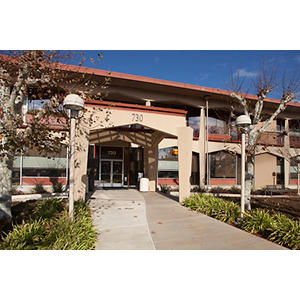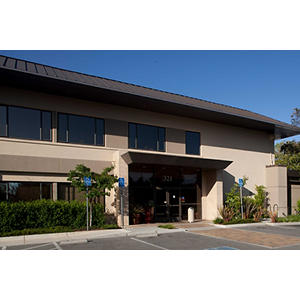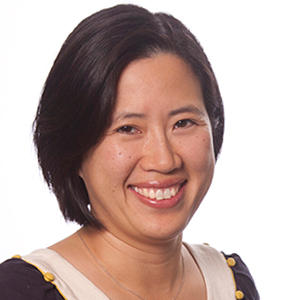Susy Jeng, MD
Clinical Associate Professor
Neurology with Special Qualifications in Child Neurology
“The true art of medicine is how you tailor your approach to each family and child.”
My Approach
When I was a child, I wanted to grow up to be either a teacher, a doctor or a mother. I grew up and got to be all three.
I have always been fascinated with the human body. In neurology, you're looking at a very elaborate system. The brain is an organ that connects to every part of your body; when I treat patients, I look at each component of their physical system.
Because my patients are children, I treat the whole family. It is an honor to have parents entrust me with the most precious thing in their lives — their children. The true art of medicine is how you tailor your approach to each family and child.
I love my job because I have the privilege of getting to know patients and families and affecting their lives in a positive way. Each family has a personal story; being able to have a part in their story is incredibly rewarding.
Locations

730 Welch Road, Ste 206
Palo Alto, CA 94304
Phone : (650) 723-0993
Fax : (650) 721-6350

1100 Van Ness Ave, 7th Floor
San Francisco, CA 94109
Phone : (844) 733-2762
Fax : (650) 725-7578

321 Middlefield Road
Menlo Park, CA 94025
Phone : (650) 723-0993
Fax : (650) 721-6350
Work and Education
University of California San Diego School of Medicine, La Jolla, CA, 06/01/2003
UCSF Dept of Child Neurology, San Francisco, CA, 06/30/2011
UCSF Pediatric Residency, San Francisco, CA, 06/30/2006
Neurology with Special Qualifications in Child Neurology, American Board of Psychiatry and Neurology, 2011
Pediatrics, American Board of Pediatrics, 2006
Languages
English
Mandarin



Connect with us:
Download our App: